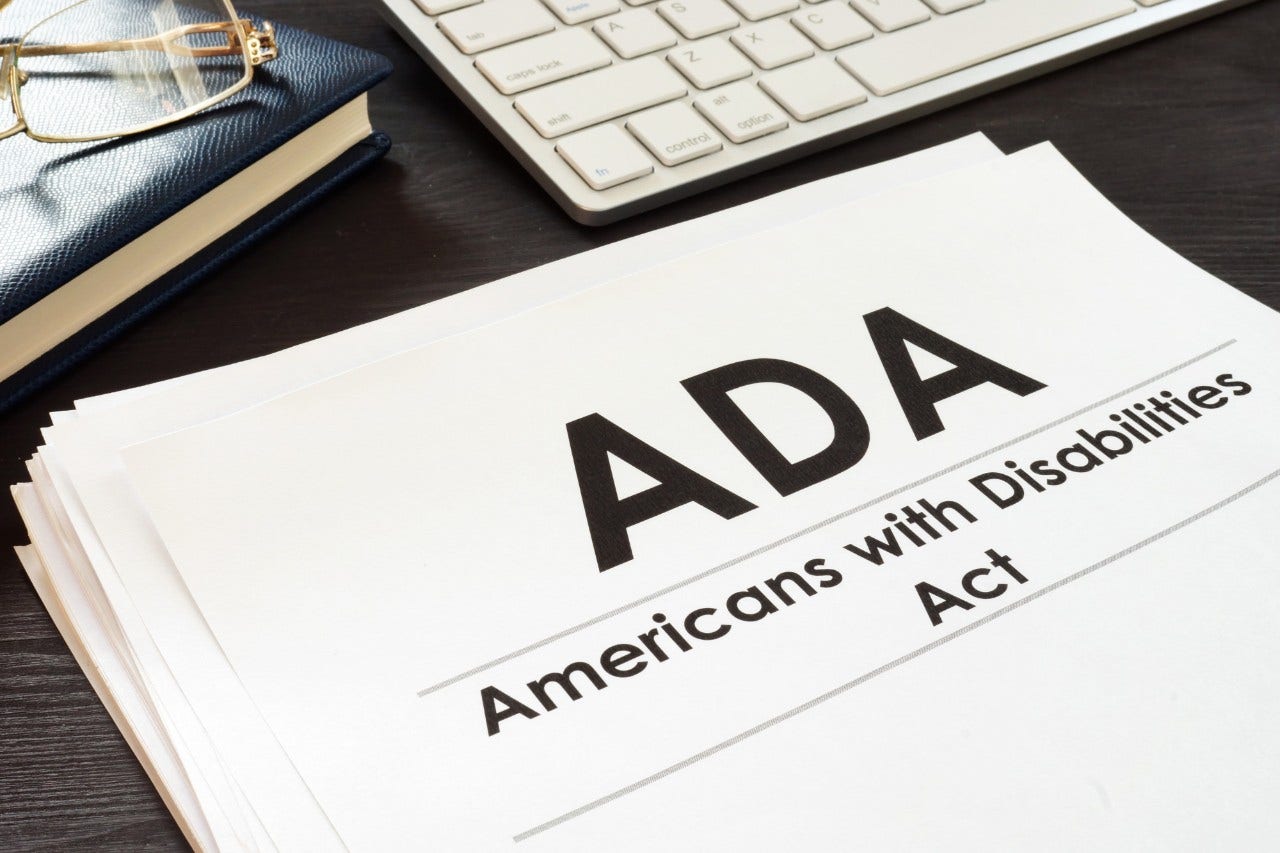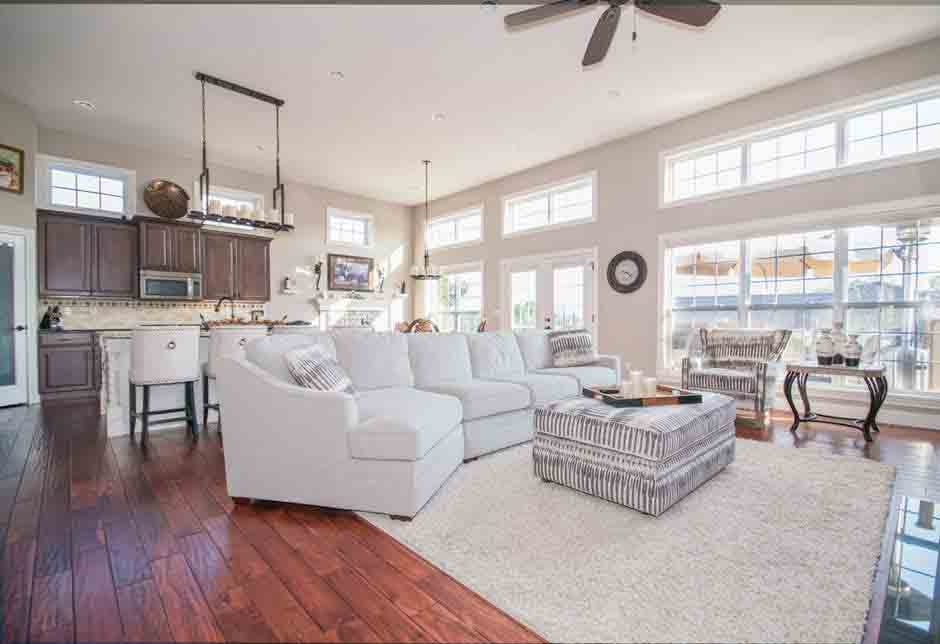
Wheelchair Accessible Tiny Homes
Tiny homes have emerged worldwide over the past few decades, gaining popularity among those looking to simplify their lifestyle and reduce their carbon footprint. While smaller spaces aren’t usually associated with wheelchair access, several modifications can make a tiny home accessible to people with physical disabilities.
Features of Accessible Tiny Homes
Many features seen in traditional homes can also be applied to tiny homes. Key features to increase accessibility include:
Hardwood and Laminate Flooring: Choose laminate or hardwood floors over rugs and carpet to create ease of mobility for wheelchair users.
Open Floor Plan: Open floor plans, popular among many homeowners, can ensure ease of access for people relying on mobility aids.
Single-Story Design: Single-story layouts enhance accessibility by eliminating the need for stairlifts or elevators, allowing you to maximize the limited space in a tiny home.
Are There Building Codes or Regulations for Accessible Tiny Homes?
When making your home accessible to people with disabilities, consider several modifications to make the space ADA-compliant:
Doorways: Under the ADA, all doorways should be at least 32 inches wide when the door is open 90 degrees.
Ramps: The maximum slope for a ramp should be 1:12. For every inch of vertical rise, a ramp should be at least 12 inches long. For example, if a ramp needs to cover a vertical rise of ten inches, it must be at least ten feet long.
Grab Bars: An ADA-compliant bathroom should have grab bars in the shower and near the toilet, with the number and placement of grab bars determined by the bathroom's space and design.
Building codes for tiny homes can vary by state but generally follow the same regulations as any other home regarding fire safety, electrical systems, plumbing, and structural integrity. You may need to hire professionals to ensure your home complies with specific building codes and regulations.
What Are Some Design Considerations for Accessible Tiny Homes?
Design considerations for accessible tiny homes should focus on maximizing floor space to ensure the home is fully navigable by people using mobility aids. Considerations include:
Built-in Storage: Consider storage solutions like built-in shelving or cabinetry to maximize floor space.
Appliances: Many home appliances can be built into or mounted to the wall, including kitchen appliances and TVs.
Convertible Furniture: Furniture like murphy beds or pull-out couches can help to maximize floor space when not in use.
How Can I Make My Tiny Home More Accessible?
To make your tiny home more accessible, consider modifications like:
Adjustable Heights: Lower fixtures such as shelving, counters, and appliances to heights ideal for wheelchair users.
Doorknobs and Door Handles: Traditional round doorknobs can be challenging for some people with disabilities due to limited strength and dexterity. Lever-style door handles can allow for easier opening and closing of doors.
Smart Home Devices: Smart home technology can assist people with disabilities by helping them manage tasks like turning lights on and off or adjusting the thermostat. Some features within a home can even be operated via smartphone, increasing accessibility within the space.
Benefits of Accessible Tiny Homes
Tiny homes can offer increased independence and freedom for people living with disabilities. The combination of a small living space and universal design elements within the home can make the space both easy to maintain and usable by everyone, including people with and without disabilities.
If a tiny home does not meet your needs, the modifications mentioned can also be applied to other spaces, including wheelchair accessible apartments and larger homes. Learn more about home modifications for people with disabilities by checking out our related articles below.




